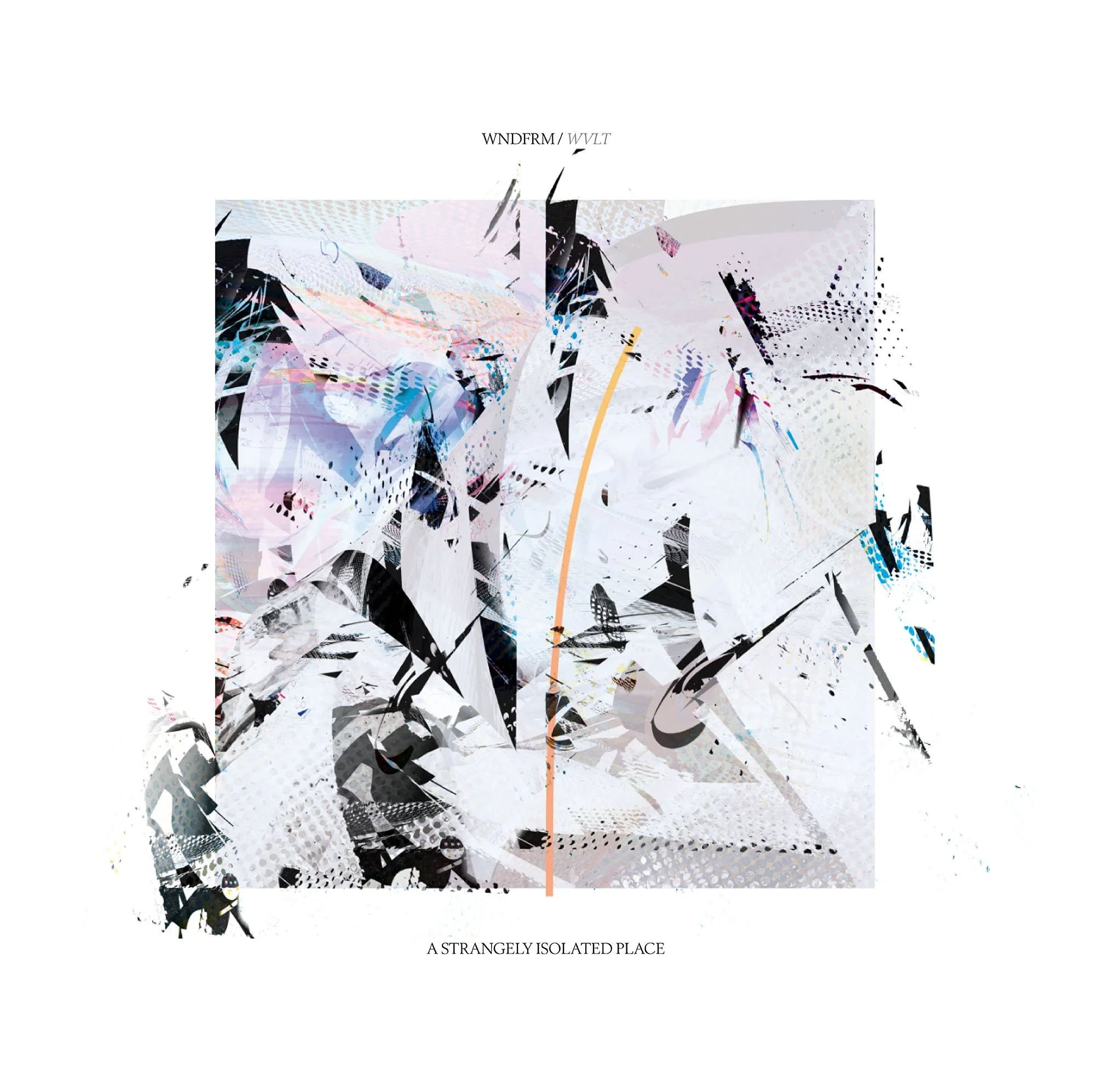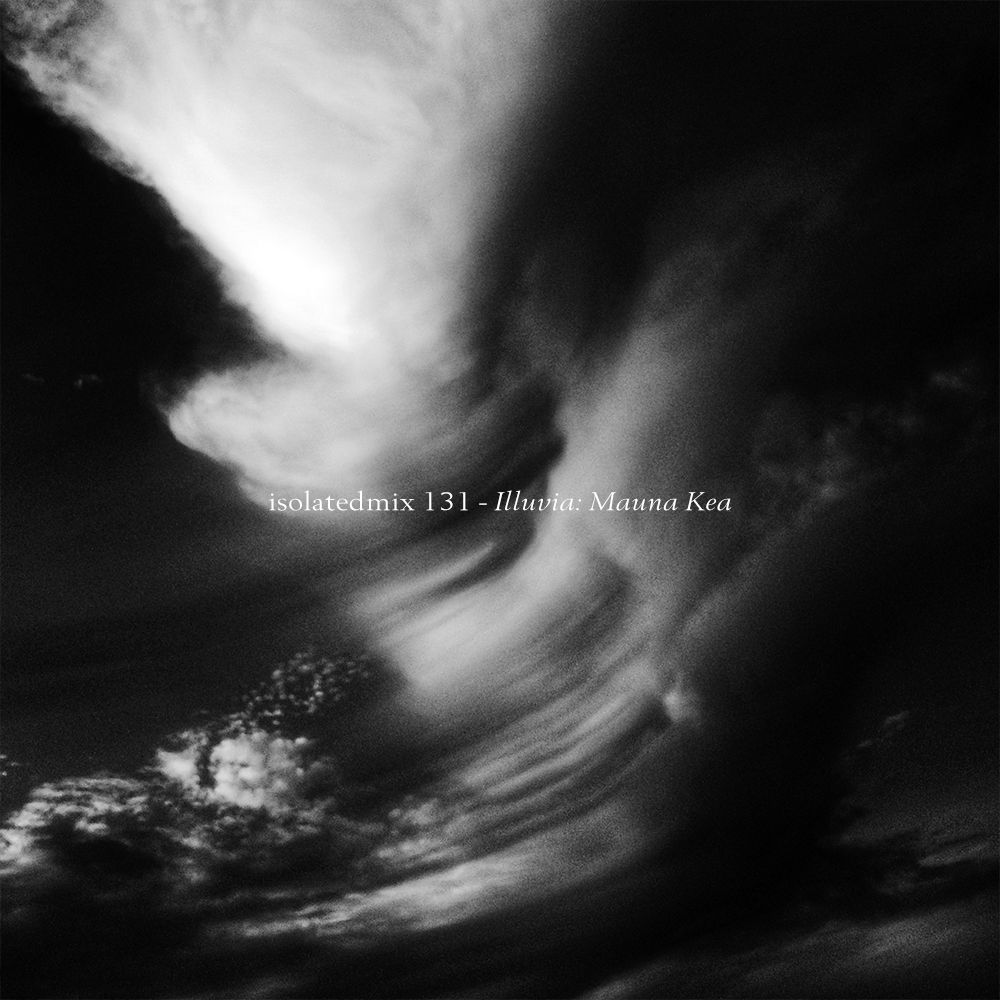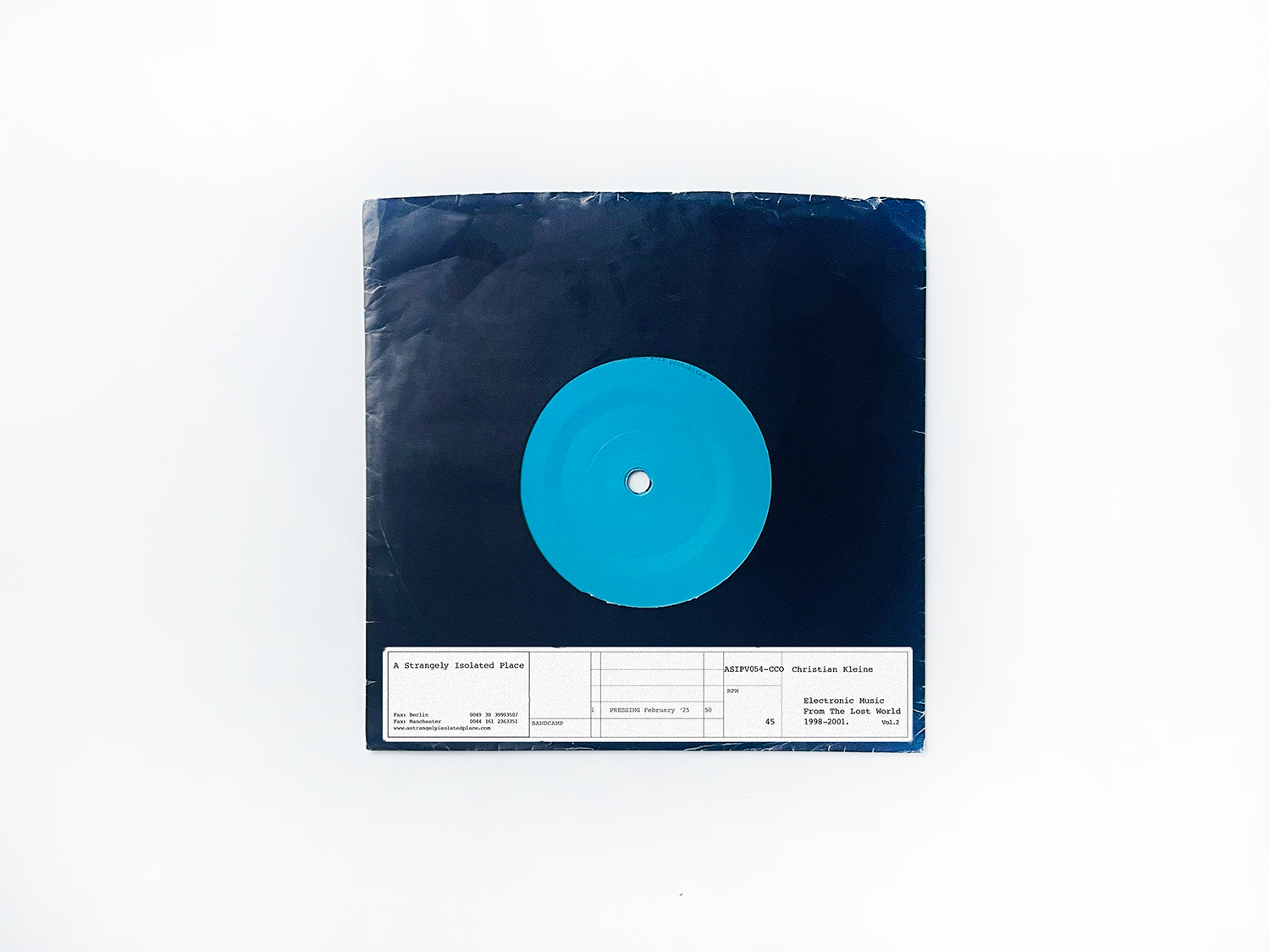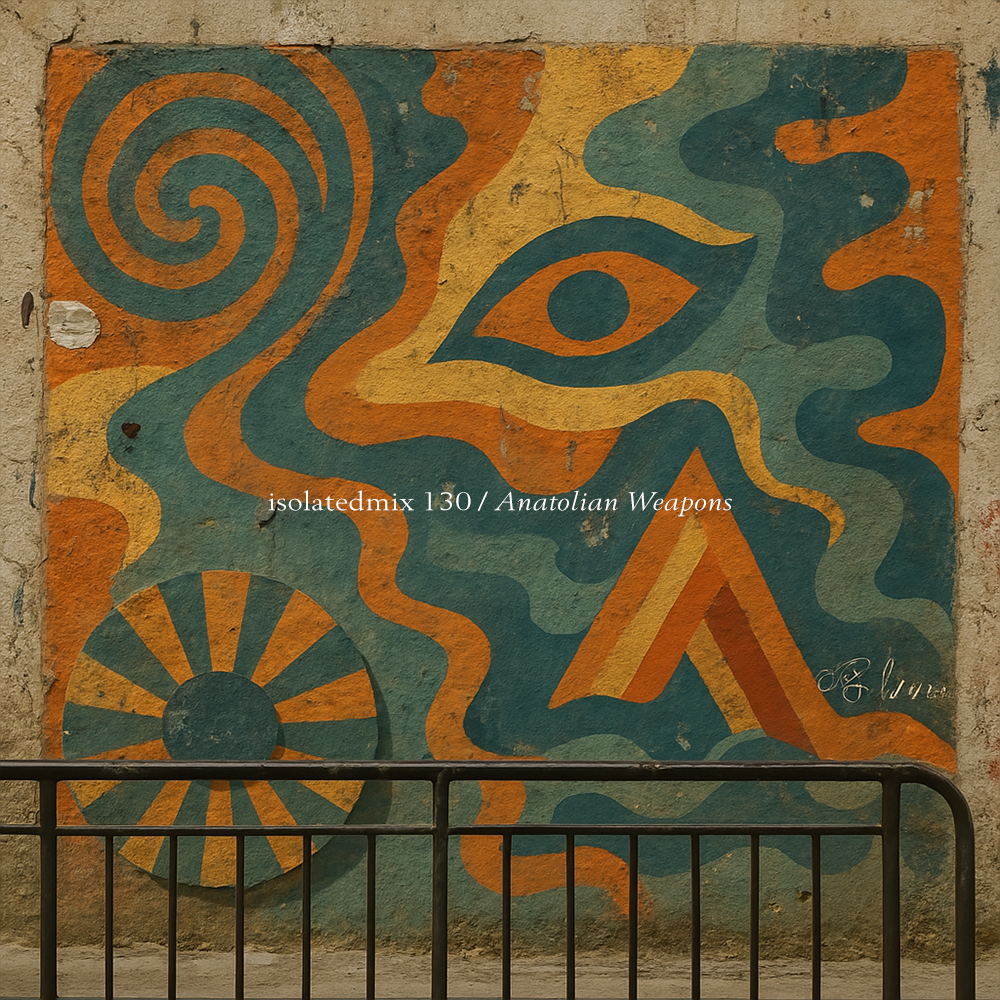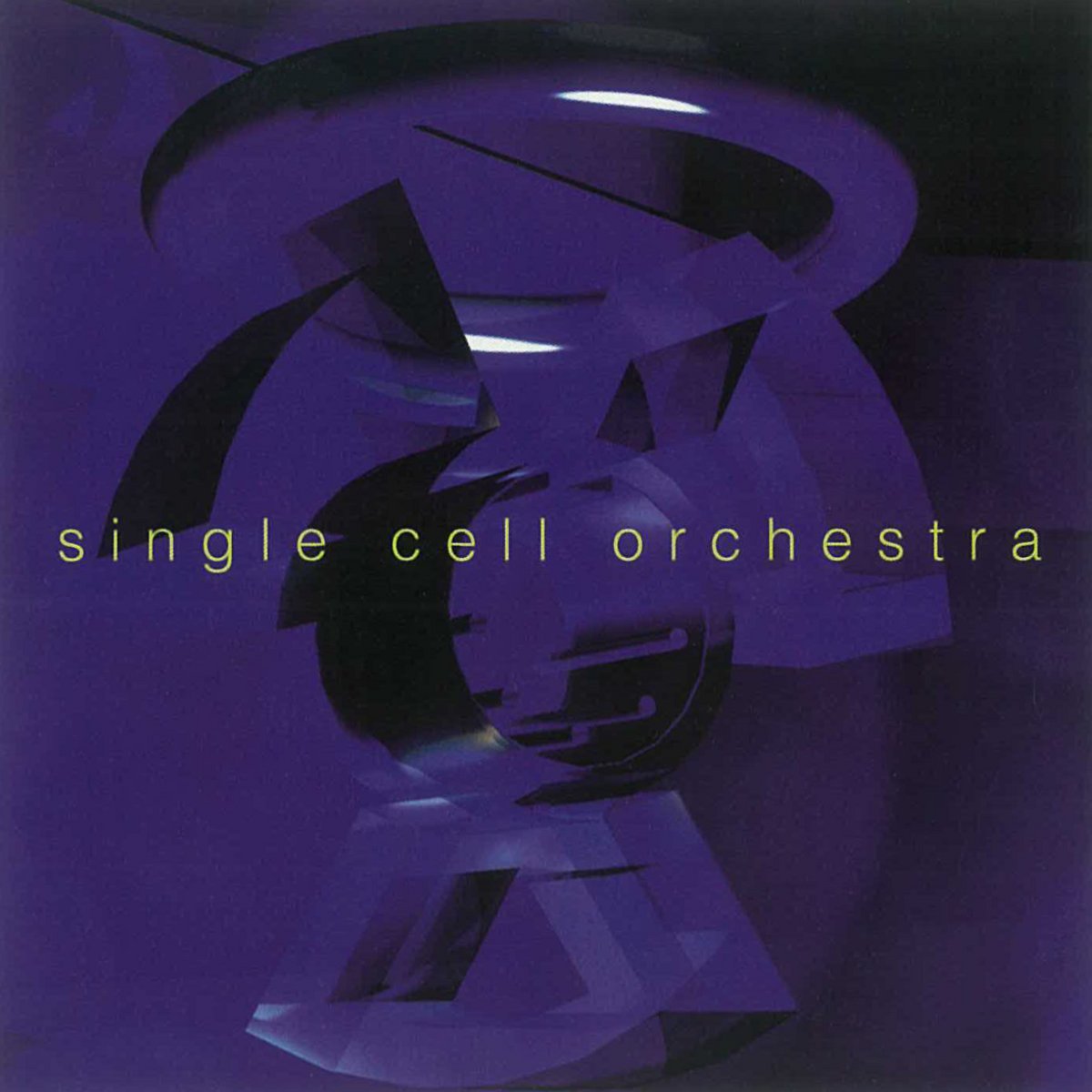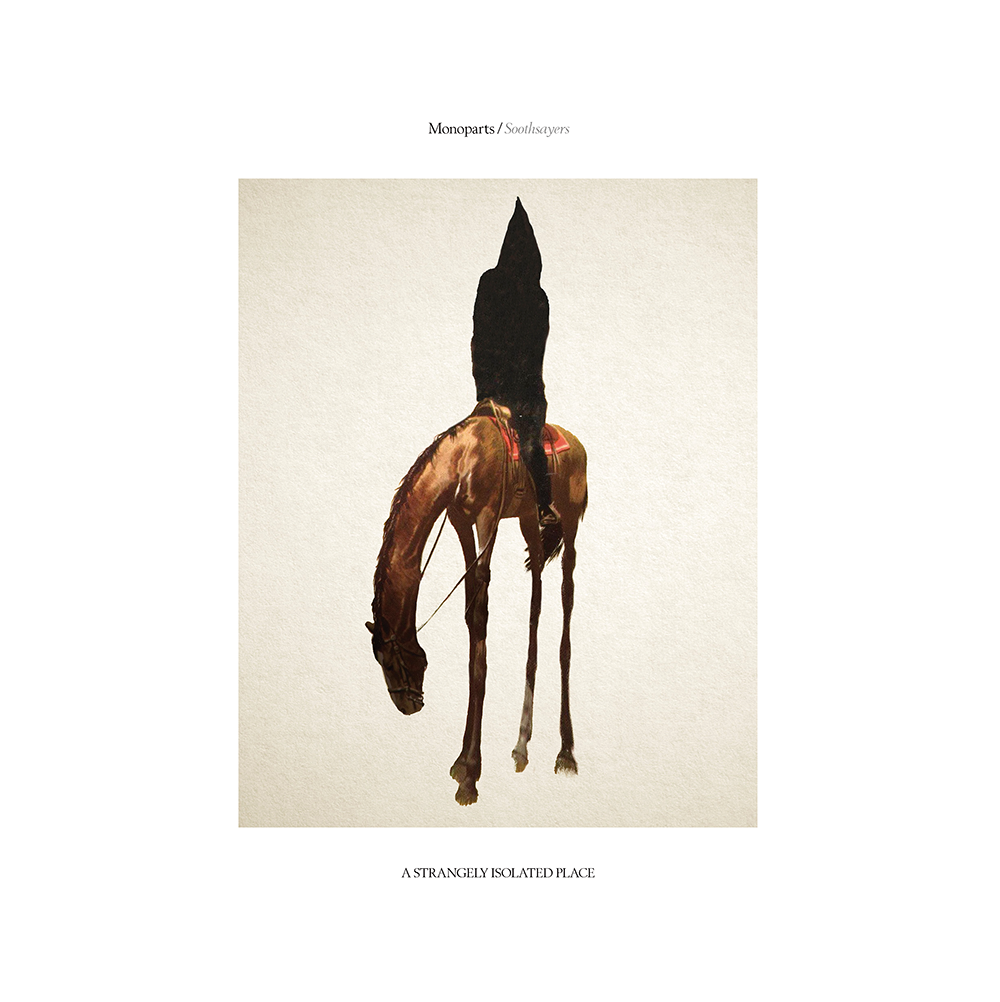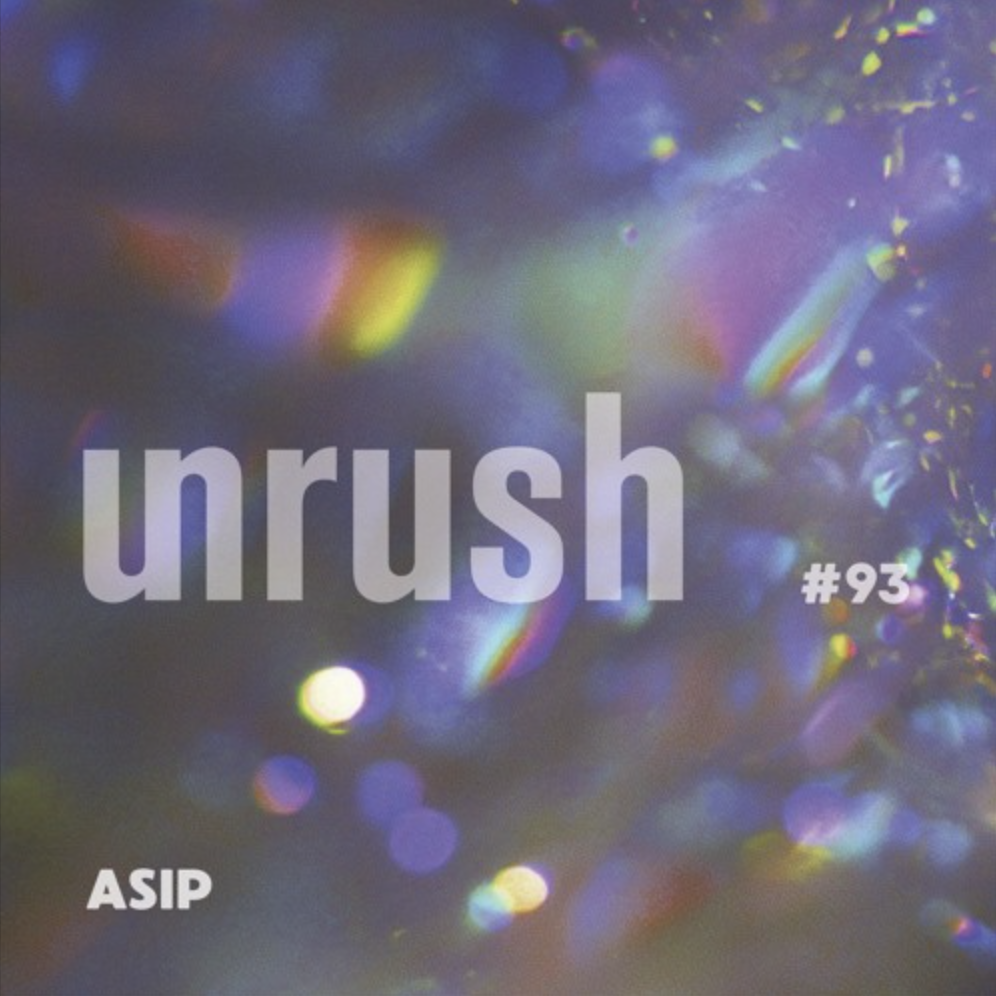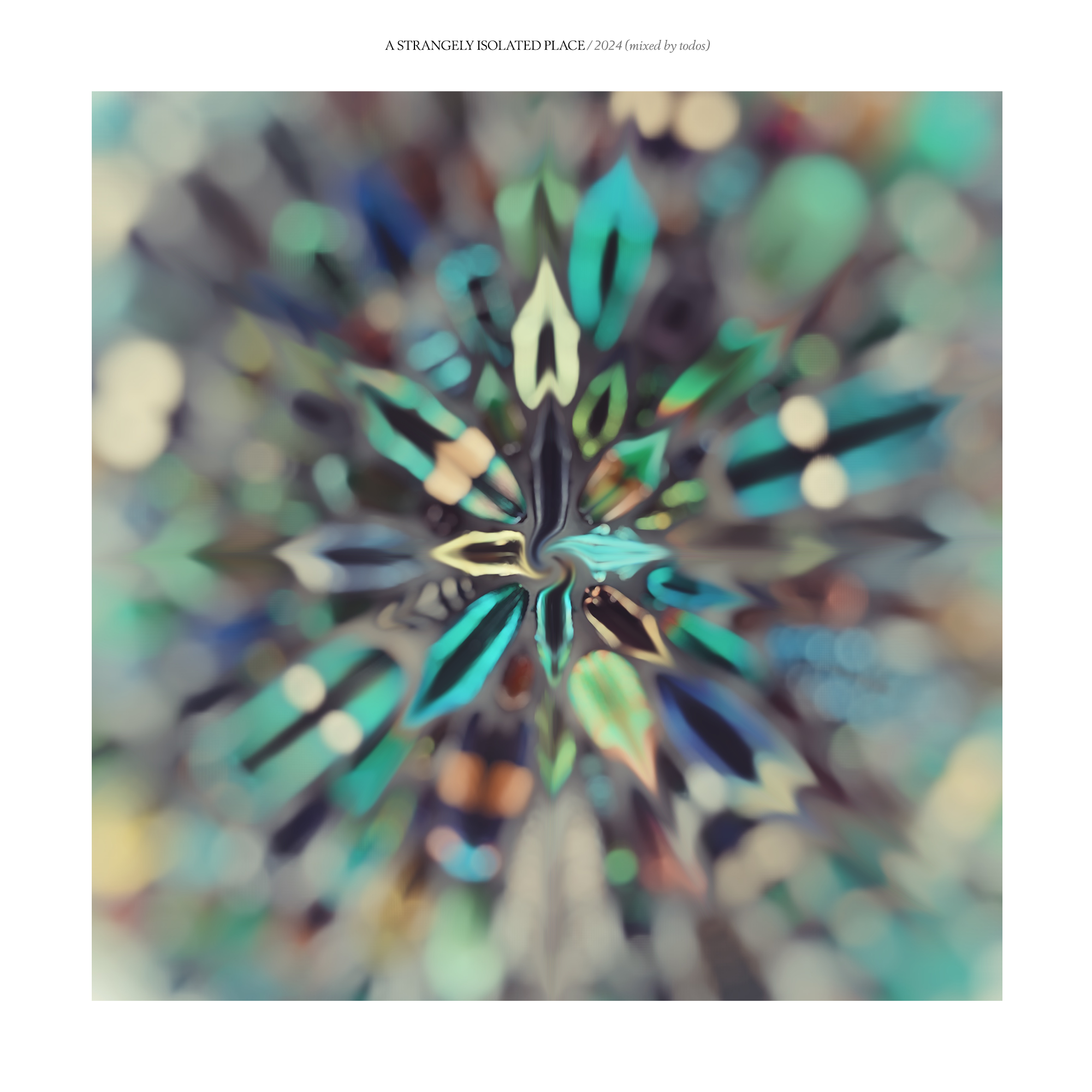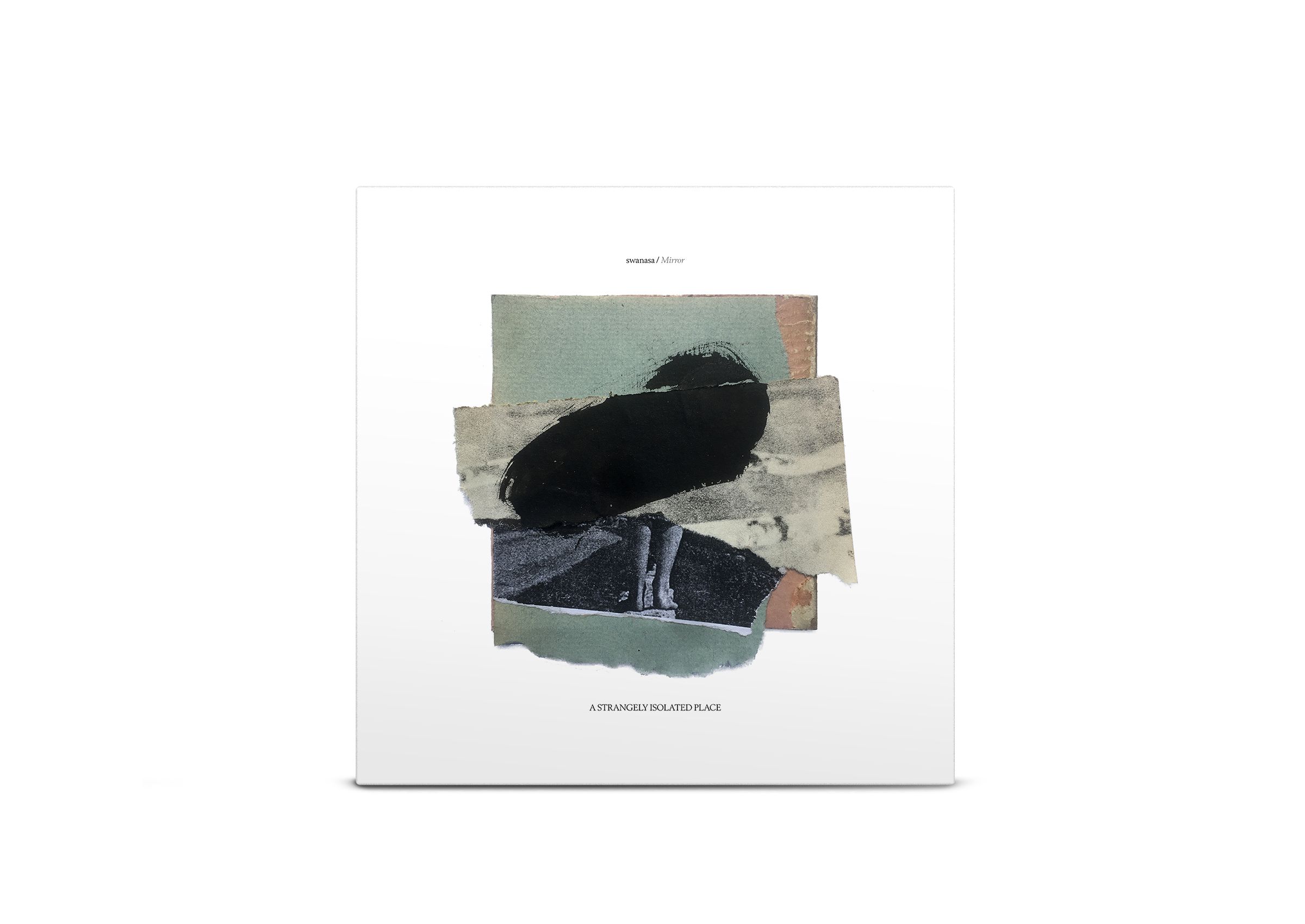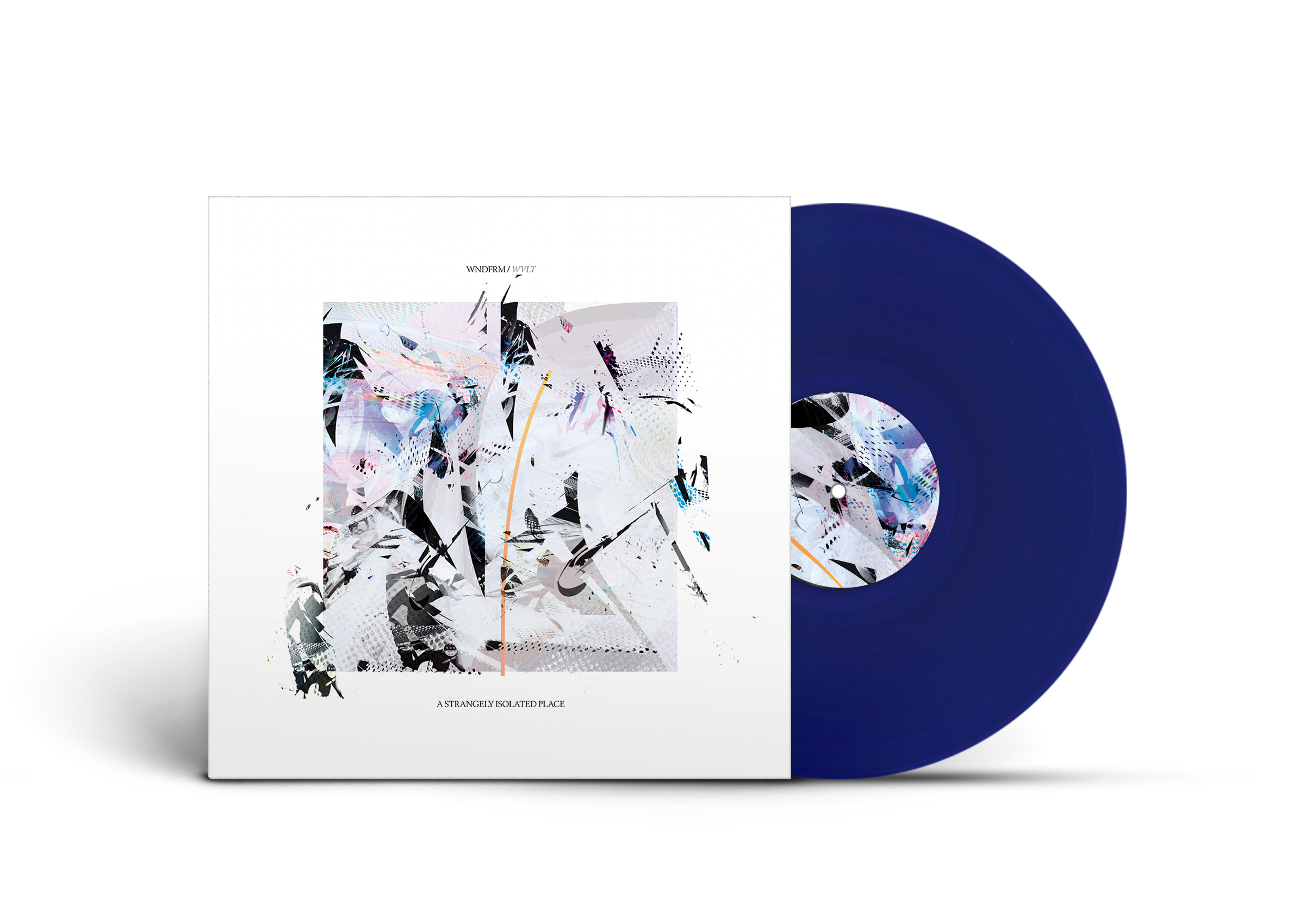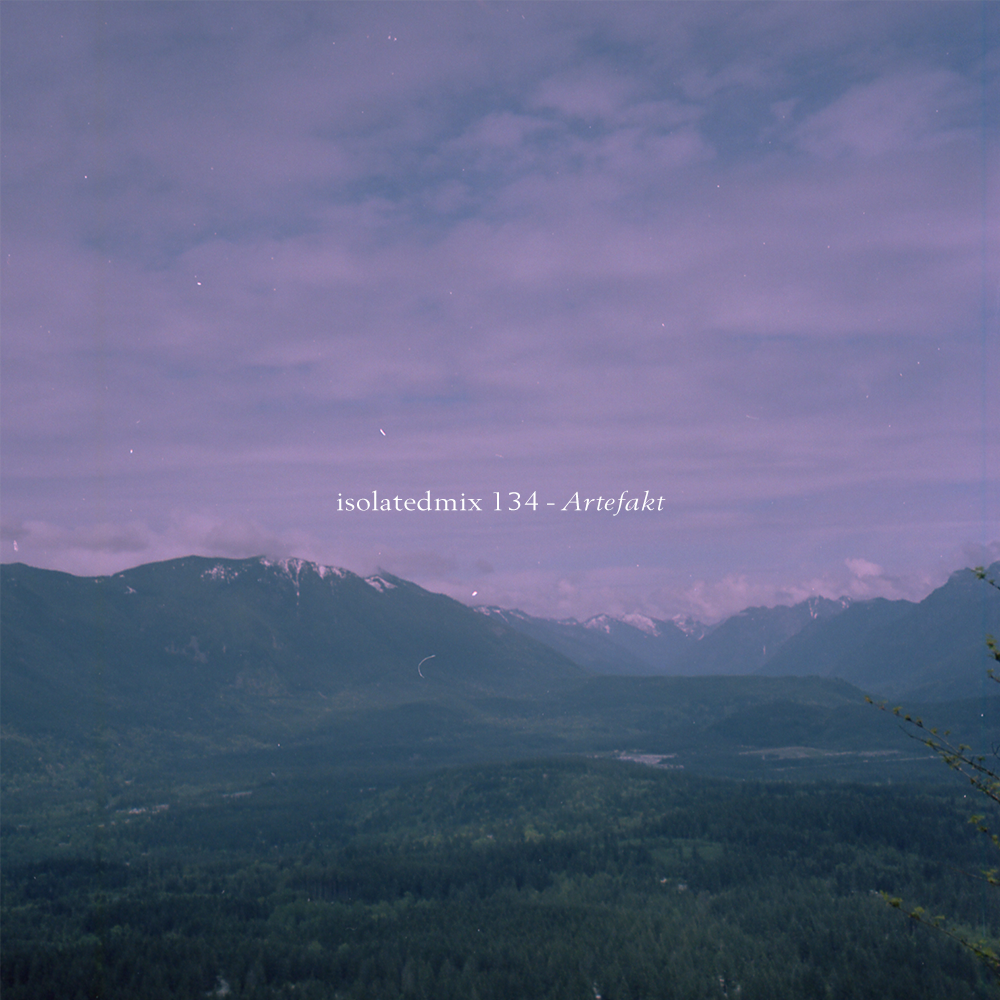Last December, we were fortunate to host one of our largest label nights to date at Public Records, New York, one of the most renowned venues in the world for sound system quality. One year later, we present to you one of the recordings from the evening, by Brooklyn’s own Salvatore Mercatante.
Live at Public Records captures Salvatore Mercatante at his most unguarded and instinctual, set free from the polish of post-production, delivered to a room of people who gave themselves over to the quiet pull of tension, decay, and harmonic dissonance on one of the best sound systems in the world.
Performed as part of a curated label night inside Public Records’ intimate Sound Room, Salvatore’s set was equal parts sculpture and erosion. Working with a minimalist setup that belied the richness of the result, Salvatore traced an arc through fractured rhythms, bent tones, and fogged-out signal paths, drawing on his 2024 album ‘Ø’ and a trove of unreleased and WIP material.
Following a DJ-set by Aspetuck and preceding a live set by OKRAA as part of the label’s biggest showcase to date, Salvatore’s set was the perfect middle-ground, with signature low-end blooms and crisp drum patterns, reconstituted in real time and massaged by the custom four-point sound system.
Live at Public Records was recorded on December 6th, 2024 in Brooklyn NY, mastered by Antony Ryan at RedRedPaw Mastering. Artwork and video taken from photography by Daniel Salemi.

Photos by Daniel Salemi

Photos by Daniel Salemi

Photos by Daniel Salemi

